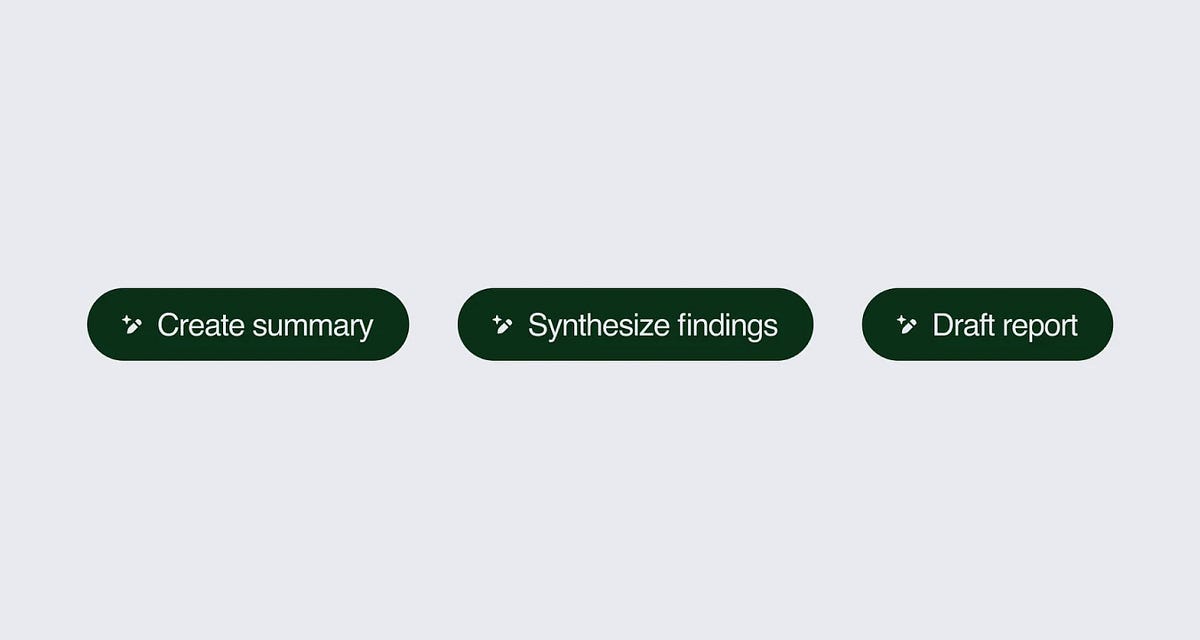
"Maybe you've gotten comfortable writing prompts or using simple one-click tools. But as AI interfaces start to take different forms, many of them are still kinda hard to figure out. Navigating them can be overwhelming. It doesn't feel like you're using these products so much as deciphering them. The engineering is powerful, but the flows don't make sense. If you're lost in an AI user flow, blame the writing."
"What they failed to see was a growing pile of unaudited, untested, and misaligned design work - a ticking time-bomb of incoherence, technical debt and costly rework that would eventually cost the team far more than it saved."
"Today's cult of convenience fails to acknowledge that difficulty is a constitutive feature of human experience. Convenience is all destination and no journey."
AI interfaces are becoming more varied, yet many remain difficult to use because unclear UX copy forces users to decipher flows instead of interacting. Strong UX copy aligns powerful engineering with understandable flows, reducing overwhelm and user error. Productivity without governance produces unaudited, untested, and misaligned design work that accumulates incoherence, technical debt, and costly rework. Two competing futures for human–computer interaction exist: cyborg-like personal augmentation and room-based ambient computing. Designers should balance convenience against deliberate friction to preserve meaningful experience and reduce long-term costs.
Read at Medium
Unable to calculate read time
Collection
[
|
...
]